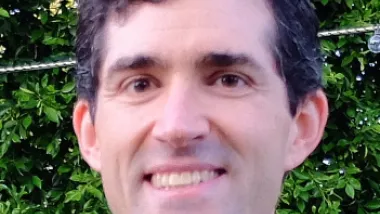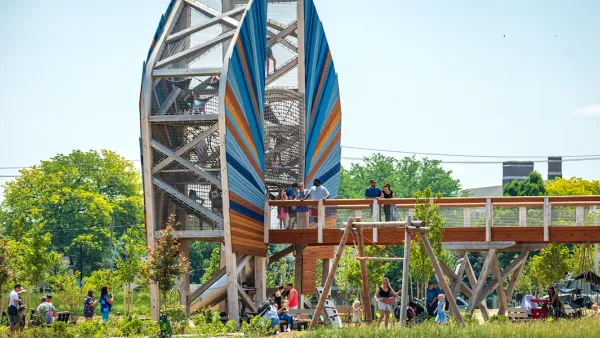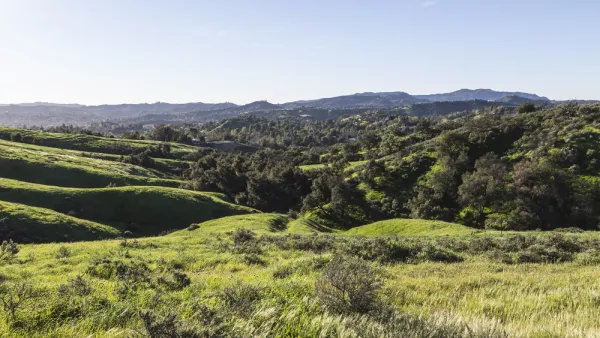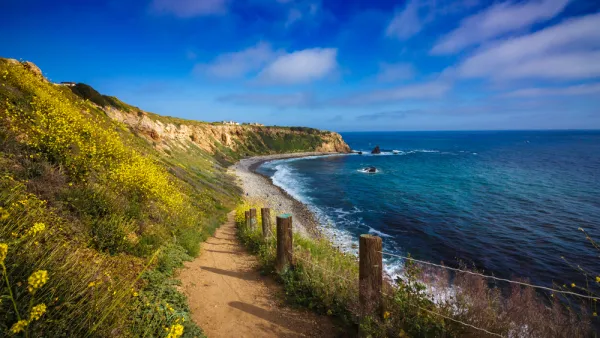I've always wanted, but never quite had the cred, to go to Burning Man. Instead, I went to this year's rendition of National Park(ing) Day in the hopes that it would provide a reasonable, if diminuative, substitute in temporary parks across the country. Creative minds can do a lot with 180 square feet, especially when there are straight-laced passers-by to shock and paradigms to subvert.
in the hopes that it would provide a reasonable, if diminuative, substitute in temporary
parks across the country. Creative minds can do a lot with 180 square
feet, especially when there are straight-laced passers-by to shock and
paradigms to subvert.
rather by an art collective, and there's something delicious about the marriage of art and asphalt. I imagine that many
of the over 400 events that took place last week (about double that of
last year) included all sorts of crazy stuff, in addition to more
mundane but well meaning patches of sod and picnic chairs. There were
probably DJs, acid trips, and naked fire eaters in San Francisco, where
Rebar founded the first event in 2005, and perhaps equal measures of whimsy took place at the two-dozen events in Los Angeles and New York (which is, as we know, the capital of the creative economy).
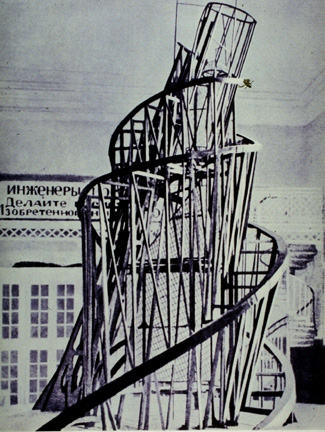
Tatlin's unbuilt Monument to the Third International in front of a Starbucks.)
despite its historic, pedestrian-friendly streetscape, the nation's tenth-largest
metro area had all of one Parking Day event. The venerable Trust for
Public Land helped coordinate the national Parking Day effort with a
list of cities and a handy map, and they were the official sponsor of
Boston's site, strategically located in front of what is generally
considered one of the most atrocious public spaces in all the United
States: Boston City Hall and its plaza, which is the most dehumanizing
expanse of pavement I've seen since Tienamen Square.
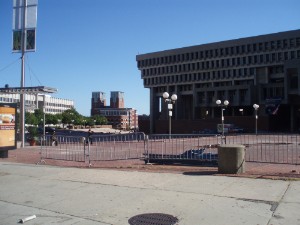
that their rendition in Boston was a bit too corporate. TPL saw fit to get permits and official police barriers
as would any regular group of demonstrators outside of City Hall, which
is all well and good. Their name is on the event, and they need to keep
the city happy (even while implicitly pointing out its shortcomings).But for most of the time I was there, the participants -- a pleasant bunch of students and urbanists -- outnumbered the onlookers. A scene, it was not.
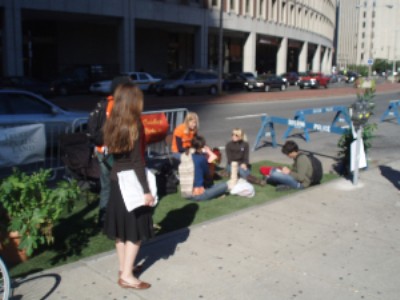
reclaiming ugly spaces, or any public space, is that it doesn't have to be sanctioned, nor
should it priviledge only one kind of use. For the right number of
quarters, any citizen can lay claim to those 180 square feet -- for a
car, a park, or anything else -- without adhering to convention. To get Bostonians -- or most people, for that matter -- to
understand the potential to reclaim, redesign, and repurpose the urban
landscape into something a little more human is going to require
something a bit more revolutionary than sod, potted plants, and swapped
stories of compost and grad school.
Vladimir Tatlin had in mind, but it may yet require a revolution.

Analysis: Cybertruck Fatality Rate Far Exceeds That of Ford Pinto
The Tesla Cybertruck was recalled seven times last year.

National Parks Layoffs Will Cause Communities to Lose Billions
Thousands of essential park workers were laid off this week, just before the busy spring break season.

Retro-silient?: America’s First “Eco-burb,” The Woodlands Turns 50
A master-planned community north of Houston offers lessons on green infrastructure and resilient design, but falls short of its founder’s lofty affordability and walkability goals.

Test News Post 1
This is a summary

Analysis: Cybertruck Fatality Rate Far Exceeds That of Ford Pinto
The Tesla Cybertruck was recalled seven times last year.

Test News Headline 46
Test for the image on the front page.
Urban Design for Planners 1: Software Tools
This six-course series explores essential urban design concepts using open source software and equips planners with the tools they need to participate fully in the urban design process.
Planning for Universal Design
Learn the tools for implementing Universal Design in planning regulations.
EMC Planning Group, Inc.
Planetizen
Planetizen
Mpact (formerly Rail~Volution)
Great Falls Development Authority, Inc.
HUDs Office of Policy Development and Research
NYU Wagner Graduate School of Public Service
























